 Abraham Lincoln
If given the truth, the people can be depended upon to meet any national crisis...
Abraham Lincoln
If given the truth, the people can be depended upon to meet any national crisis...
 Guildford news...
for Guildford people, brought to you by Guildford reporters - Guildford's own news service
Guildford news...
for Guildford people, brought to you by Guildford reporters - Guildford's own news service
Birdwatcher’s Diary No.96
Published on: 31 Oct, 2015
Updated on: 31 Oct, 2015
By Malcolm Fincham
Staying fairly local as October drew to a close, I was able to take in some of the beautiful colours of autumn at my local birdwatching areas around Guildford. Please click on all pictures to enlarge in a new window.

Colours of autumn: walking the towpath back from Stoke Lock towards Stoke Bridges on the A320 Woking Road. Click on all pictures to enlarge in a new window.
It can, however, be quite a challenge to those of us with cameras, especially with decreasing hours of light as well as weather conditions, to get some good pictures.
This is especially the case for me when photographing wildlife as it can often leave the subject silhouetted by the sun as an only option and wishing ”If only I had the sun behind me!”
As seen from the last pictures of this report.
For the most part, however, the low sun at this time of year is often the best time for photography.
At Stoke Lake just one adult great crested grebe could be seen.
While the juvenile, its only surviving youngster this year, although still looking quite different from its parent, was now becoming much more independent.
On the flooded area near Stoke Lock black-headed gulls had started to gather in their usual autumn numbers.
Teal had also begun to return to winter there, counting 20 or more on some days.
On closer inspection though binoculars, a few common snipe had also made a return.
At least two kingfishers could be seen at various locations around Riverside Nature Reserve.
With one in particular spending much of its time perched up at the edge of the lake.
Or occasionally skimming low across the water.
Cormorants now started to once again take advantage of the tern raft.
While blackbirds could be seen feasting on the last of the blackberry crop.
Walking out towards Bowers Lock, notable seasonal changes were aided by a flurry of leaves now beginning to fall.
At Bowers Lock a grey wagtail welcomed my visit.
On October 27 my wife kindly dropped me off at Thursley Common, partly so that she could have a peaceful couple of hours shopping, but also to give me the chance of catching up with the great grey shrike that had made its winter return there.
It had been first reported on October 18 – just two days earlier than it appeared there last year. It was quite a surprise to me that a few days later a second shrike had arrived there. As being such a solitary wintering bird, it is quite unusual for two to be seen at the same location.
Taking up a viewpoint on top of what is locally known as ‘Shrike hill’ I was able to get a good vantage point, giving me a good panoramic and scenic views across Thursley Common. Adding to my comfort was a bench that has now been placed at the top of the hill.
Dartford warblers could be seen flying low across the heather, perching up on gorse bushes.
While both male and female stonechats could be spotted, along with numerous meadow pipit.
A large flock of fieldfares gathered briefly in a tree before flying away into the distance.
It wasn’t long before I spotted what I had hoped to see. Perched high in a dead tree some distance away but standing out like a sore thumb, was the shrike. Keeping in mind the direction the sun was shinning, I took the shortest footpath to where it perched.
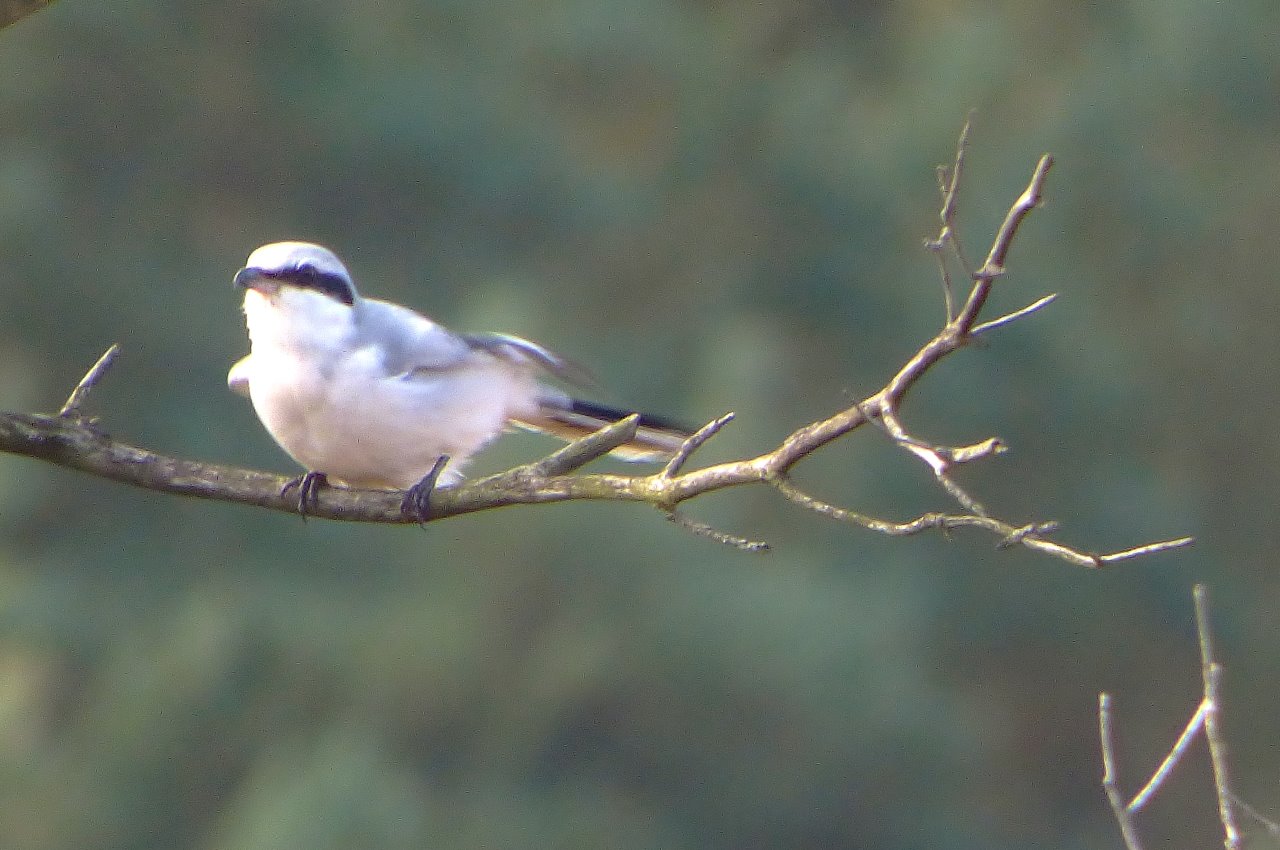
Great grey shrike on Thursley Common. Small numbers come to the UK in autumn and spend the winter here.
Although it was quite mobile in its movements, I caught up with it at the base of the hill close to the boardwalk. Surprisingly to me a couple of non birdwatchers walked right past it, without causing any disturbance, as I clicked away frantically with my camera.

Great grey shrike. As a rule they are solitary, and when several arrive simultaneously they speedily spread out, each establishing its hunting territory and reducing competition with others.
So pleased with some of the results I have included a few extra pictures, with a few fascinating facts about this kind of shrike.
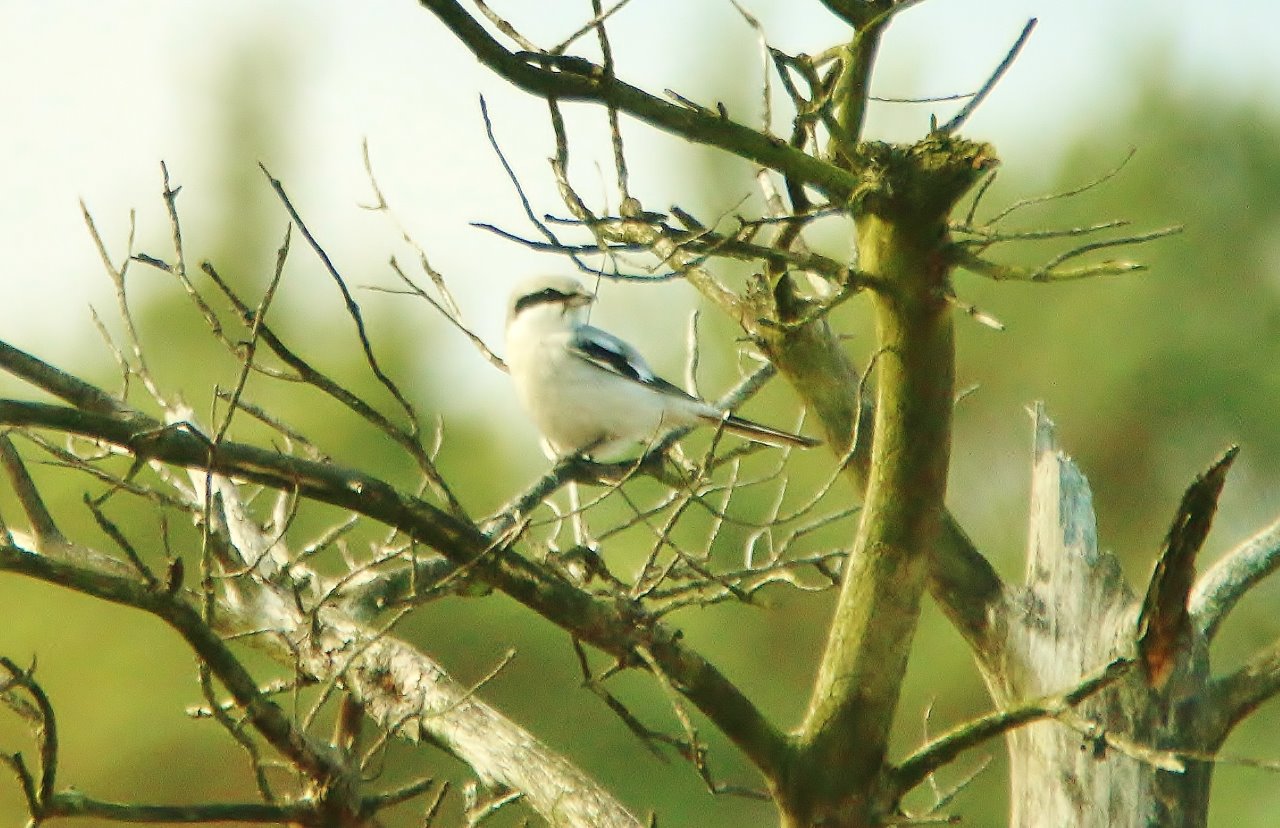
The great grey shrike literally means sentinel butcher. Lanius is the Latin term for a butcher, while excubitor is Latin for a watchman or sentinel.
Taking advantage of some more sunshine the following day, I was treated to a trip to Farlington Marshes near Portsmouth.
Arriving at high tide, many of the waders had been pushed up into the main lagoon, with redshanks and various other waders including a large pantheon of godwits all huddled up together.
Also out on the lagoon a few wigeon, teal and even some pintail ducks could be seen.
Out in the fields a few brent geese could be viewed, having recently arrived on their 2,500-mile journey from their breeding grounds in Siberia.
While one of the resident kestrels was almost a guarantee to be seen hawking around the reserve.
Also on a small island just out to sea a group of grey plovers, now very much in winter plumage, could also be seen.
My best sighting of the day was while walking the path across the field at the eastern side of the reserve. To my surprise, silhouetted by the bright sunshine and heading toward me was a short-eared owl.
With ‘heart in mouth’ I quickly raised my camera and snapped a few shots.
Quartering the field for a brief spell, it made a plunge to the ground, in the hope of catching some prey. It then sat there for a good five minutes, just 50 or so yards away, watching me, watching him as I snapped a few more shots.
What a ‘top’ bird I thought out loud as I watched him fly away and what a privilege to encounter.
But if only… ! Well I’m sure I’ll get another chance ……
Grateful to my wife in remembering to pick me up, I couldn’t resist a picture or two as we drove back up the A3 (with the low sun behind us).
Stopping off at at Hindhead was a fitting end to the day as we watched the sun go down over the hills on the western side of Surrey.
Responses to Birdwatcher’s Diary No.96
Leave a Comment Cancel replyPlease see our comments policy. All comments are moderated and may take time to appear.

See Dragon story: GBC’s Explanation of Major Land Sale Notice Error ‘Borders on Arrogant’ Says Councillor




Recent Articles
- Guildford Has a New Mayor
- Notice: Exhibition – Ripley – World Famous Cycling Mecca
- Volunteer Organisers for the Poppy Appeal Urgently Needed
- ‘Damning’ Report Debated at Council Meeting – CEO Calls for Councillors to Come Together
- Surrey Children’s Services Improvement Recognised by Ofsted
- Independent Guildford Stationers Are ‘Top of the Shops’
- Birdwatcher’s Diary No.304
- Cyclist Dies in Peaslake
- Surviving Strategic Director Quits to Take Up CEO Role with a West Sussex Council
- Letter: Damning Reports Should Not Be Used to Gain Political Advantage


Recent Comments
- H Trevor Jones on ‘Damning’ Report Debated at Council Meeting – CEO Calls for Councillors to Come Together
- Paul Spooner on ‘Damning’ Report Debated at Council Meeting – CEO Calls for Councillors to Come Together
- Michael Duff on Birdwatcher’s Diary No.304
- Jane Thomas on Opinion: The Majority of People in GBC Have Had Enough of Failure
- Jo Davids on Independent Guildford Stationers Are ‘Top of the Shops’
- Anthony Mallard on Independent Guildford Stationers Are ‘Top of the Shops’
Search in Site
Media Gallery
Dragon Interview: Local Artist Leaves Her Mark At One of England’s Most Historic Buildings
January 21, 2023 / No Comment / Read MoreDragon Interview: Lib Dem Planning Chair: ‘Current Policy Doesn’t Work for Local People’
January 19, 2023 / No Comment / Read MoreA3 Tunnel in Guildford ‘Necessary’ for New Homes, Says Guildford’s MP
January 10, 2023 / No Comment / Read More‘Madness’ for London Road Scheme to Go Ahead Against ‘Huge Opposition’, Says SCC Leader
January 6, 2023 / No Comment / Read MoreCouncillor’s Son Starts Campaign for More Consultation on North Street Plan
December 30, 2022 / No Comment / Read MoreCounty Council Climbs Down Over London Road Works – Further ‘Engagement’ Period Announced
December 14, 2022 / No Comment / Read MoreDragon Interview: GBC Reaction to the Government’s Expected Decision to Relax Housing Targets
December 7, 2022 / No Comment / Read MoreHow Can Our Town Centre Businesses Recover? Watch the Shop Front Debate
May 18, 2020 / No Comment / Read More



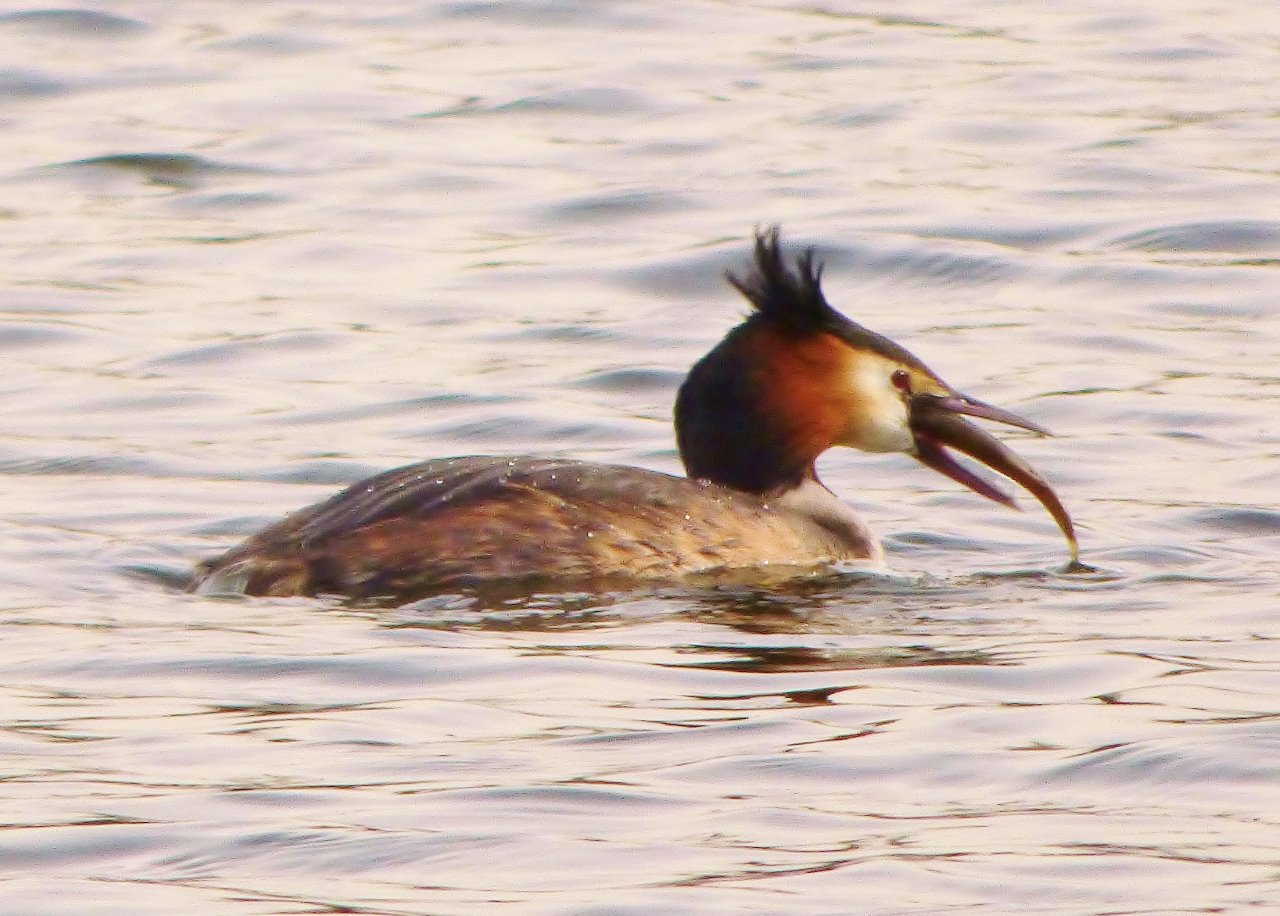
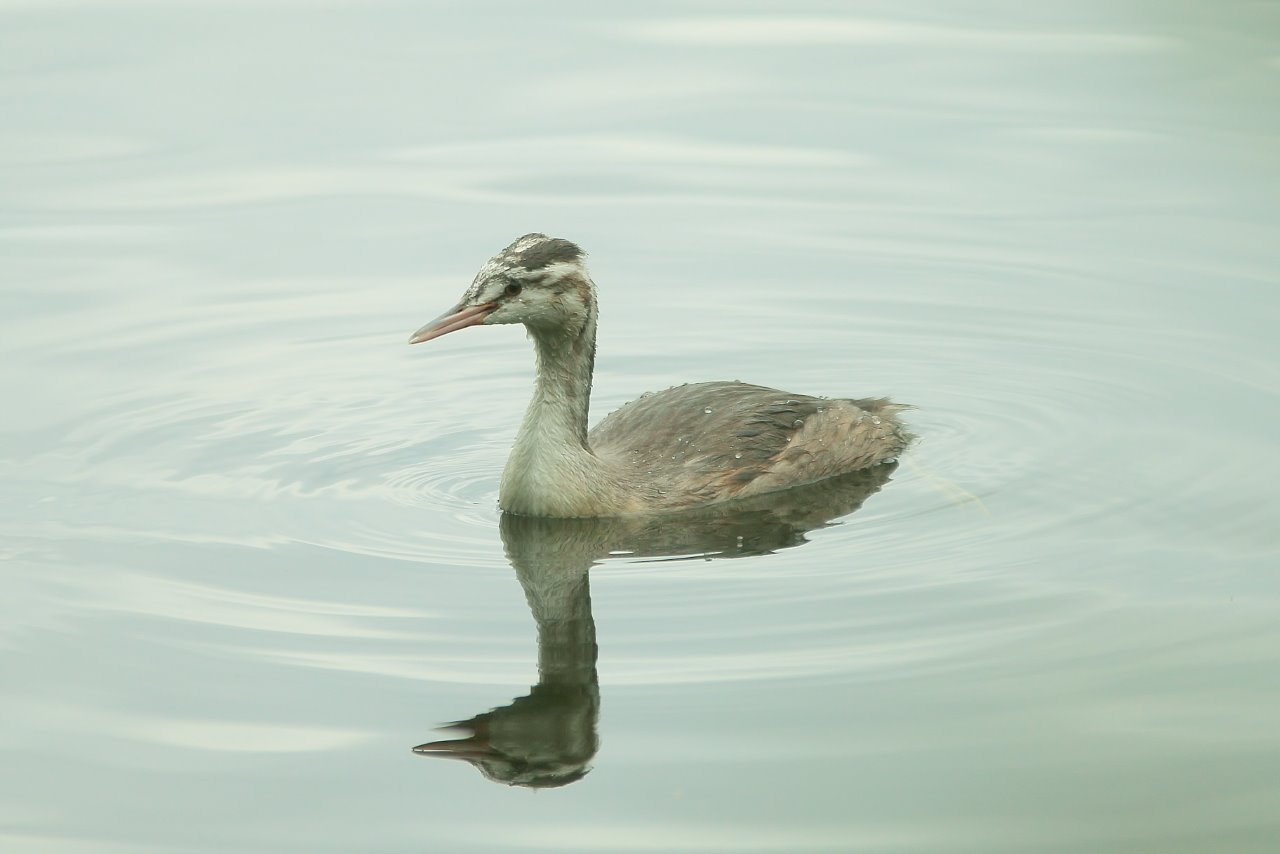

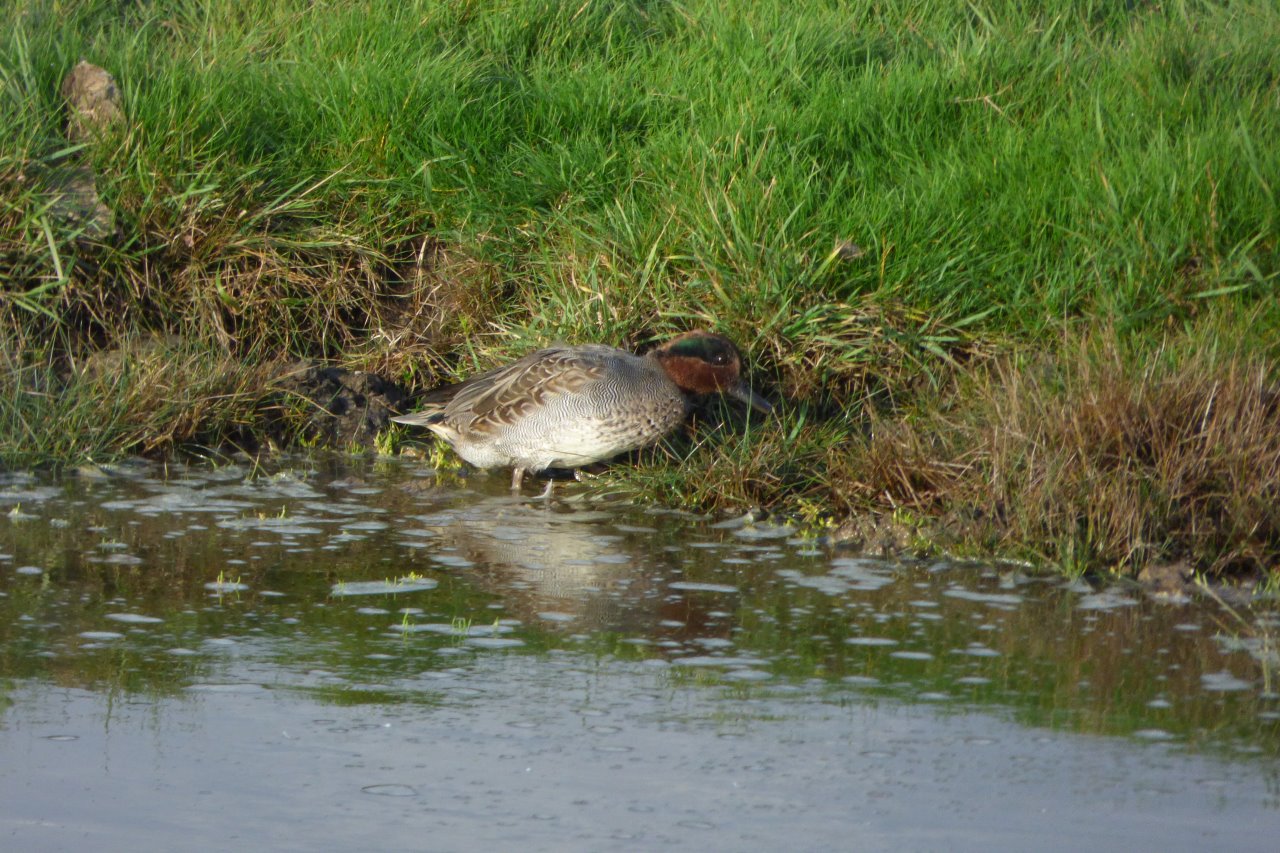

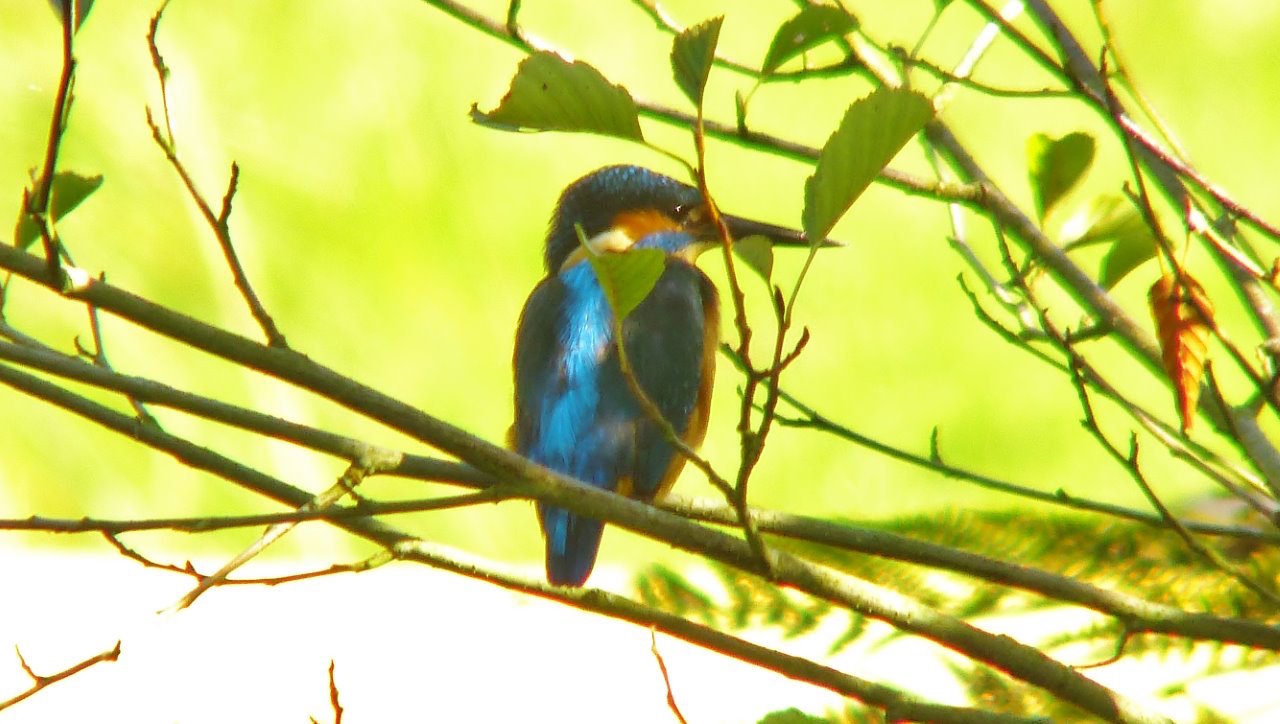




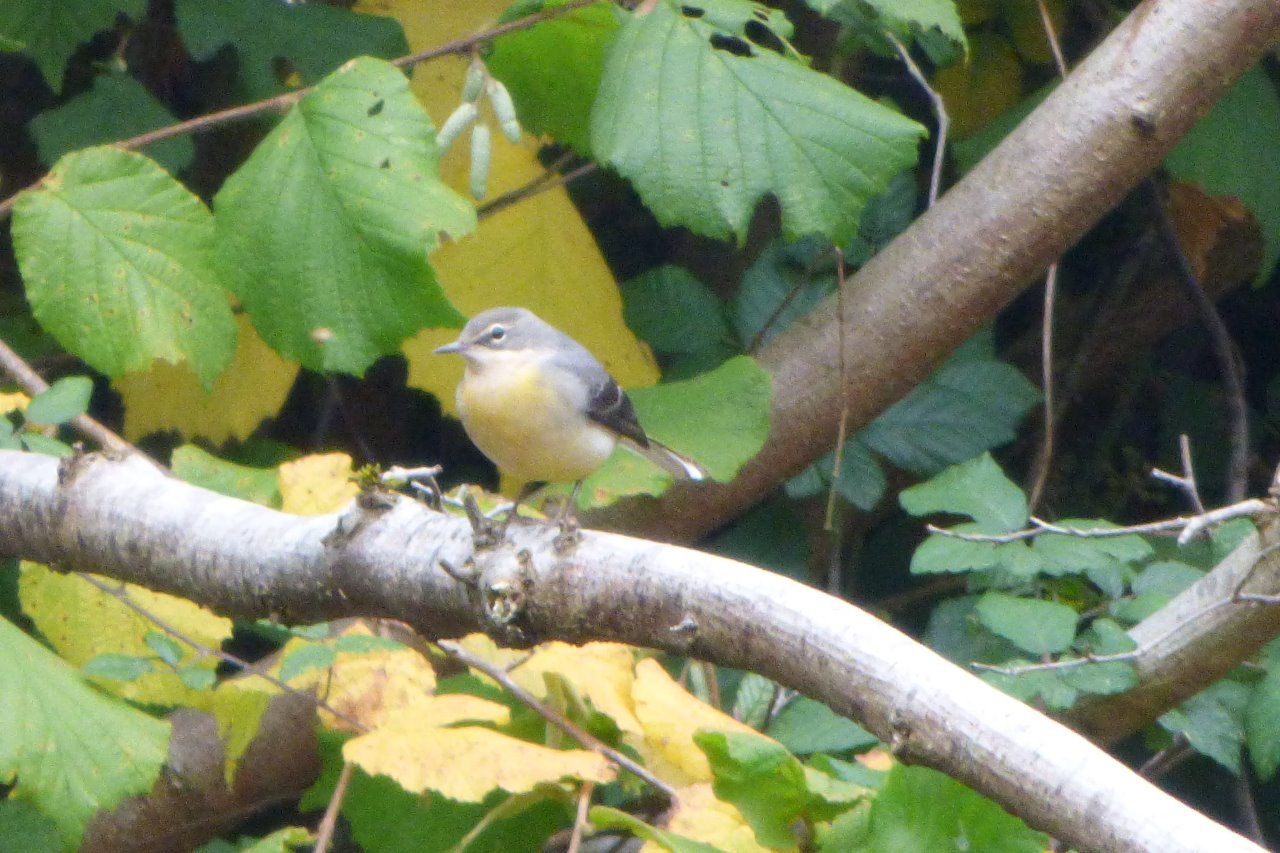
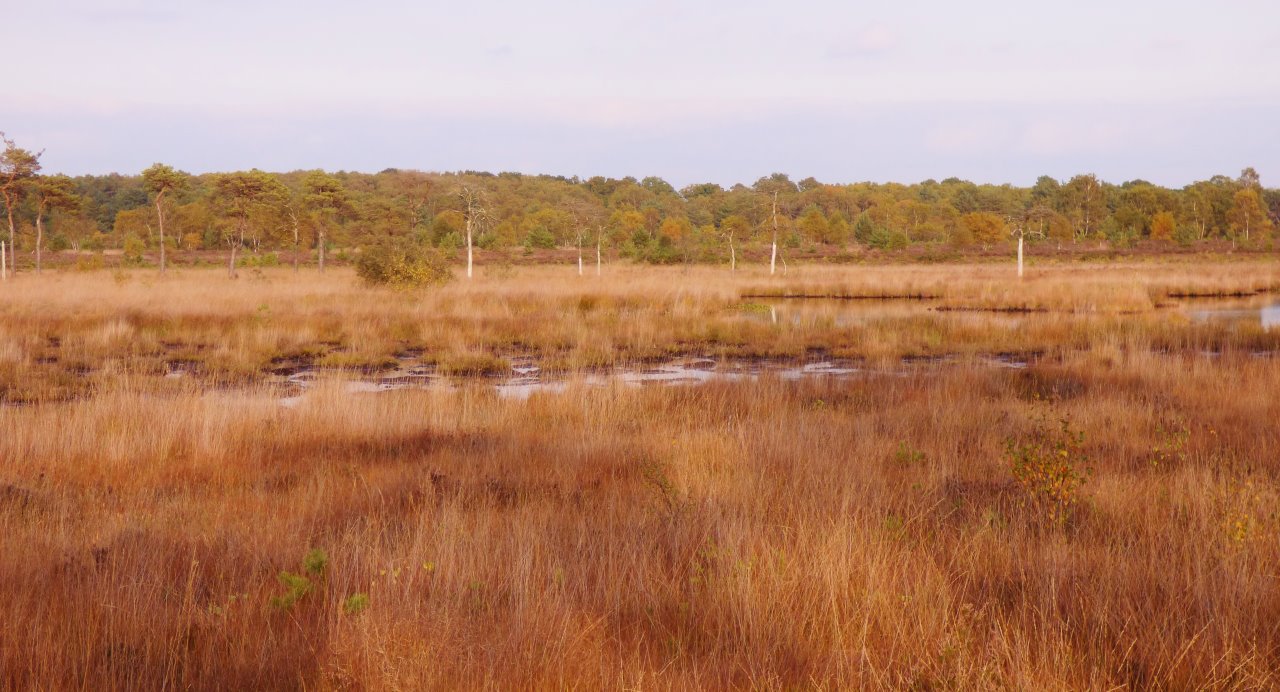
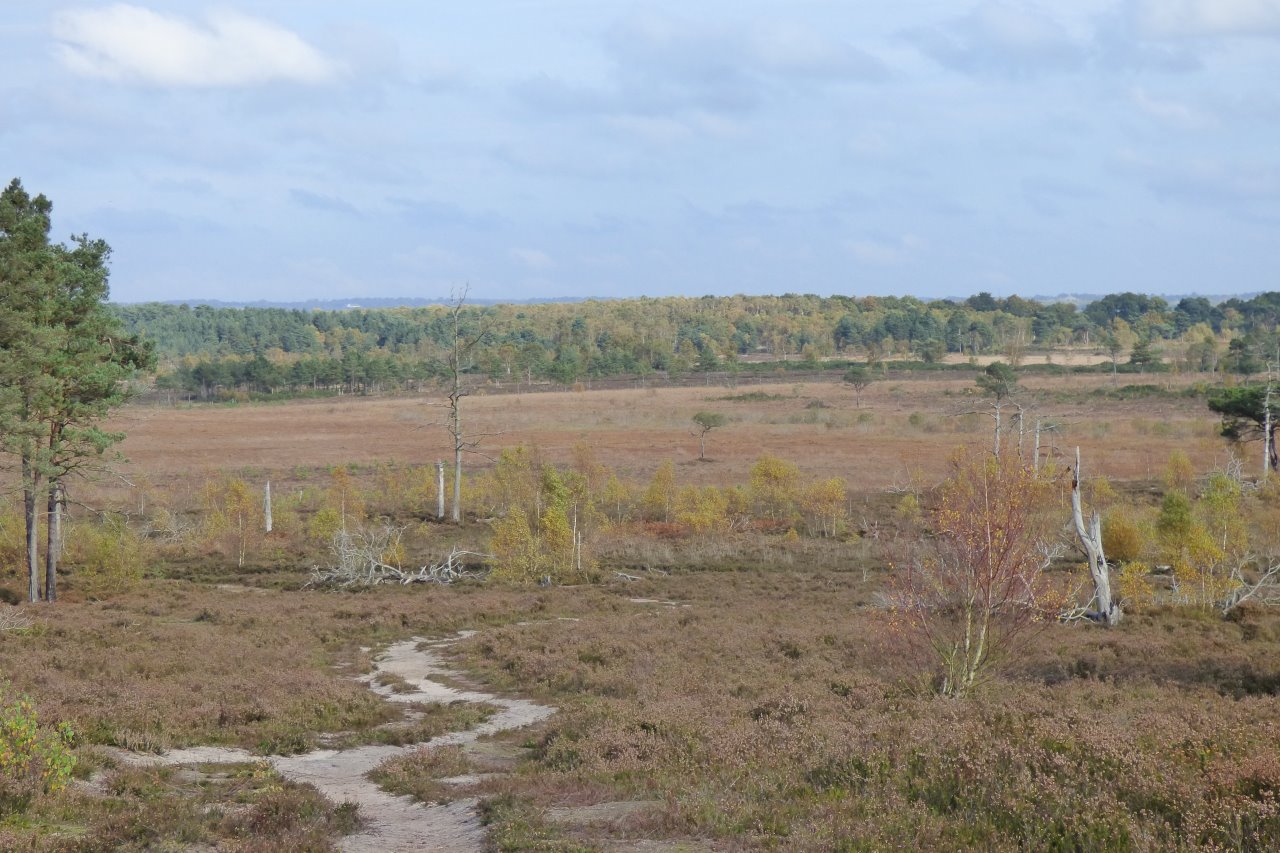
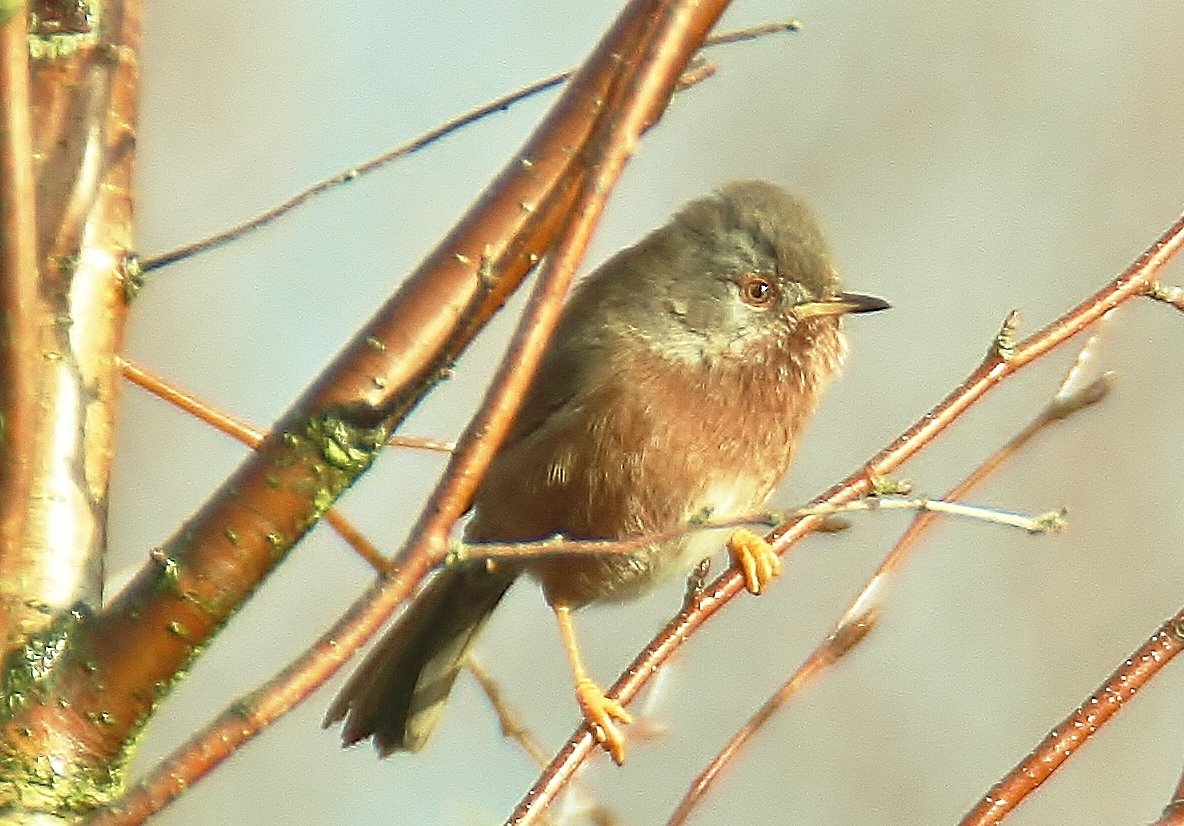
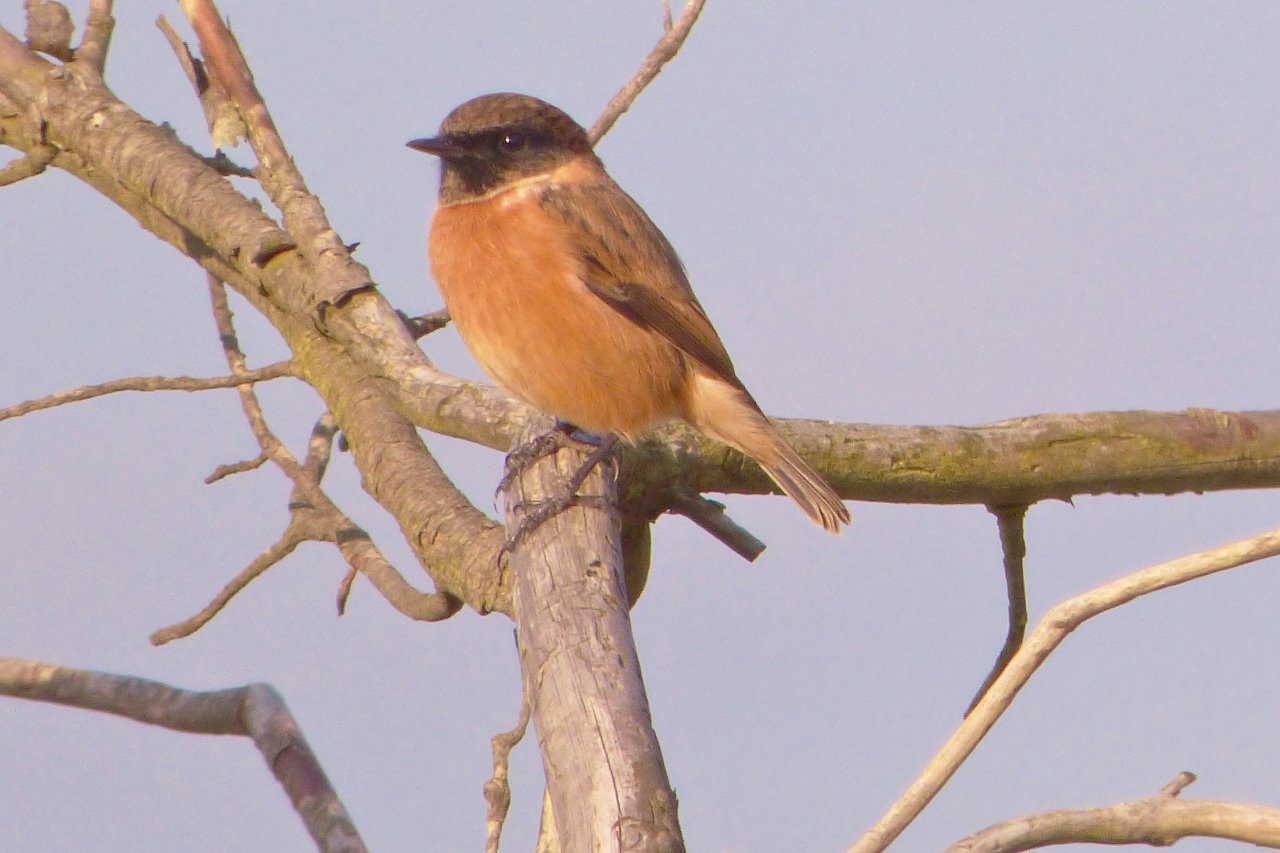
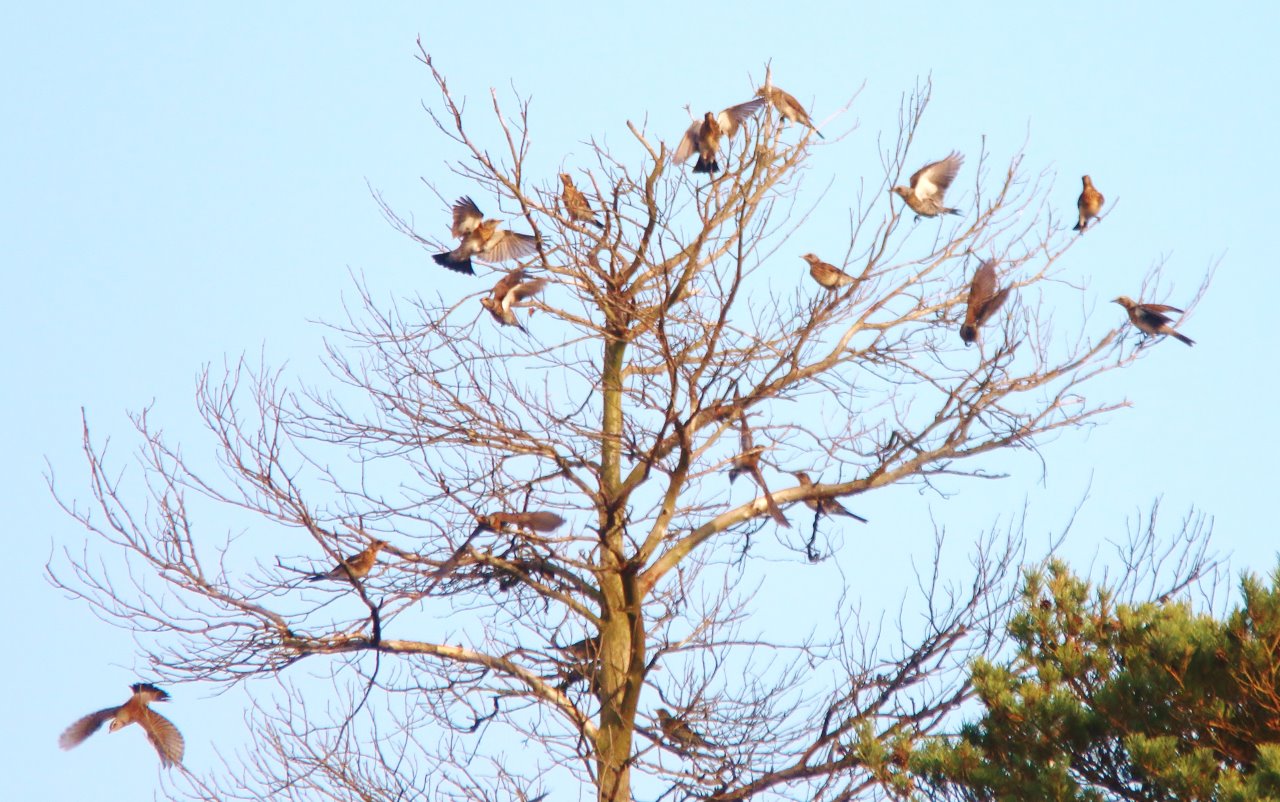
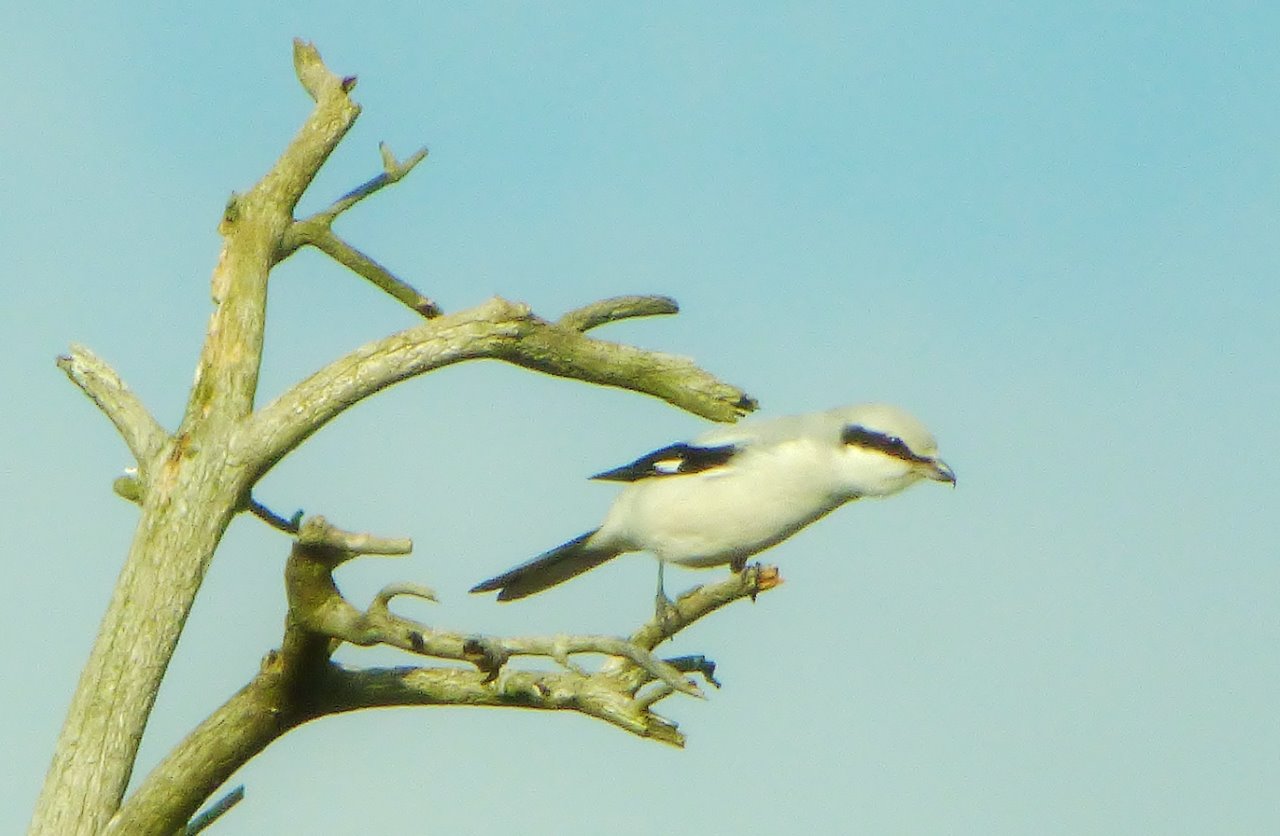

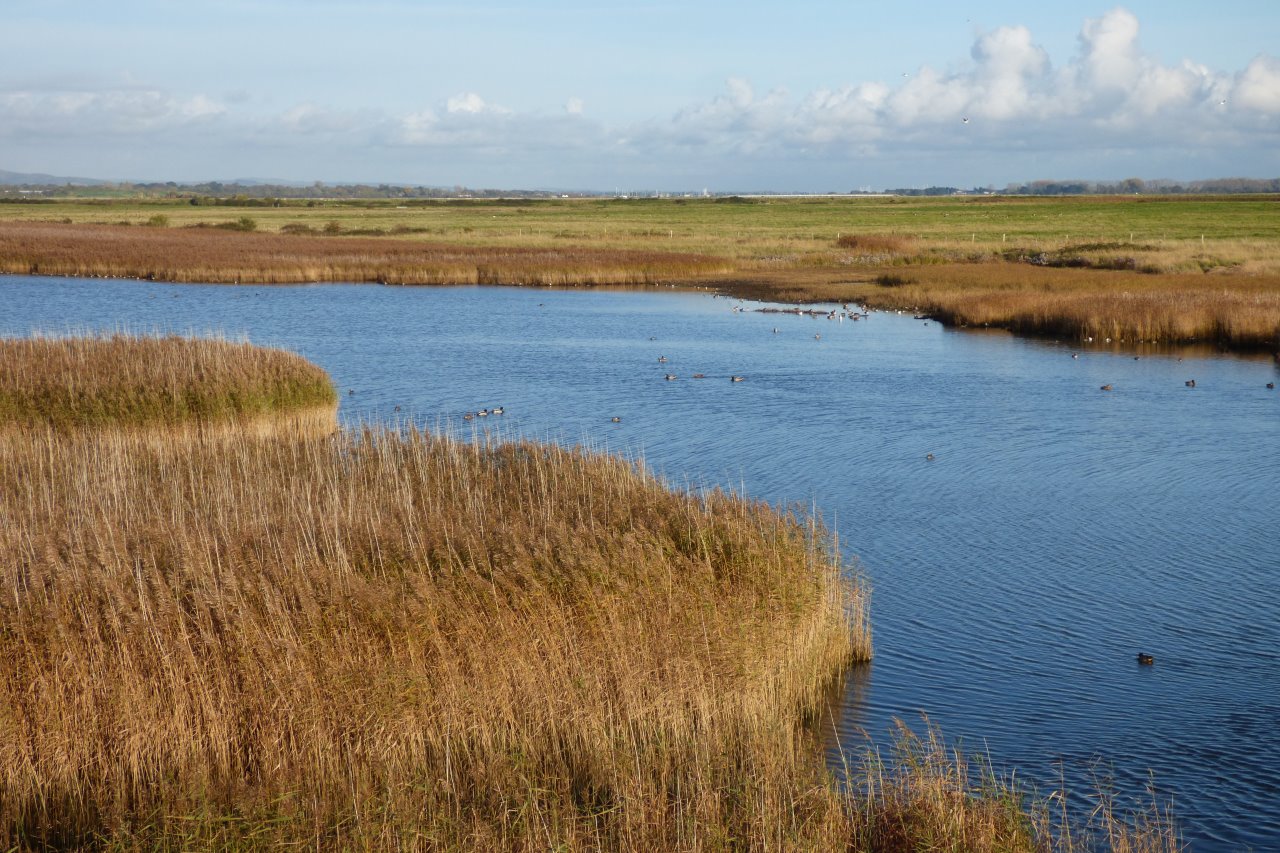
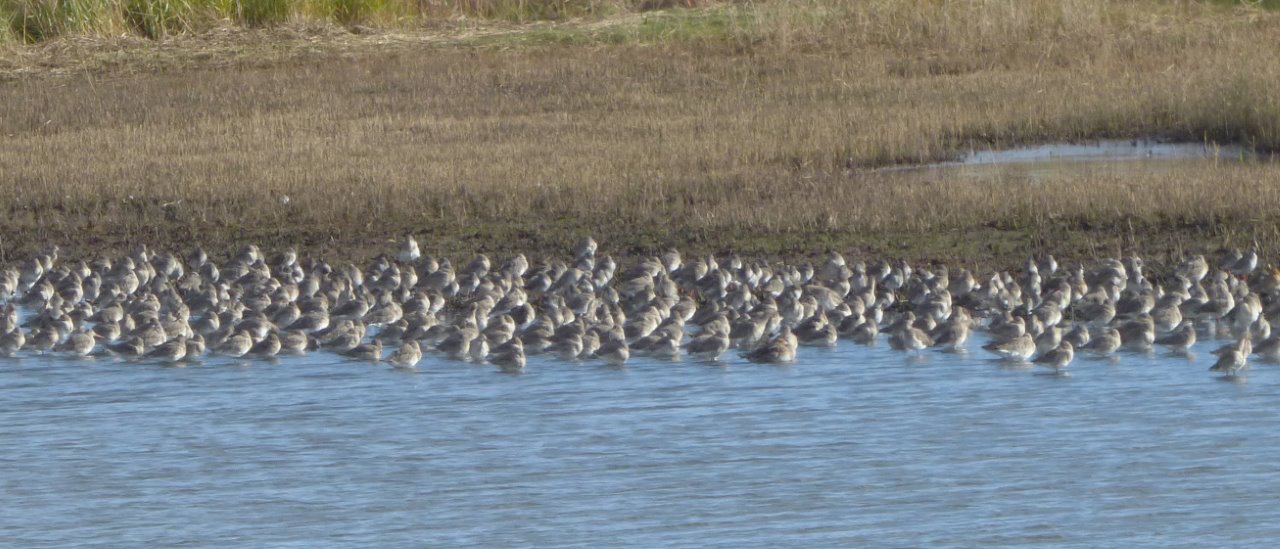

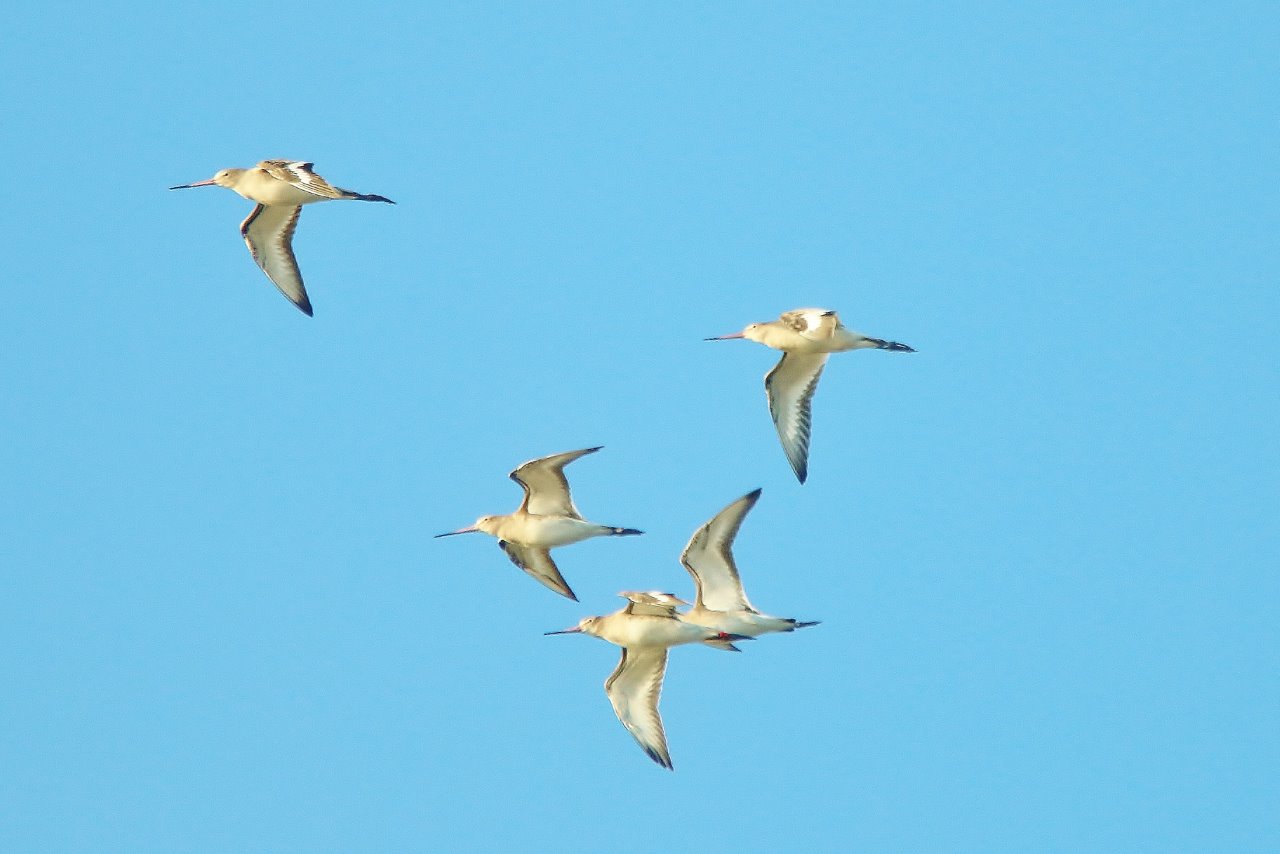

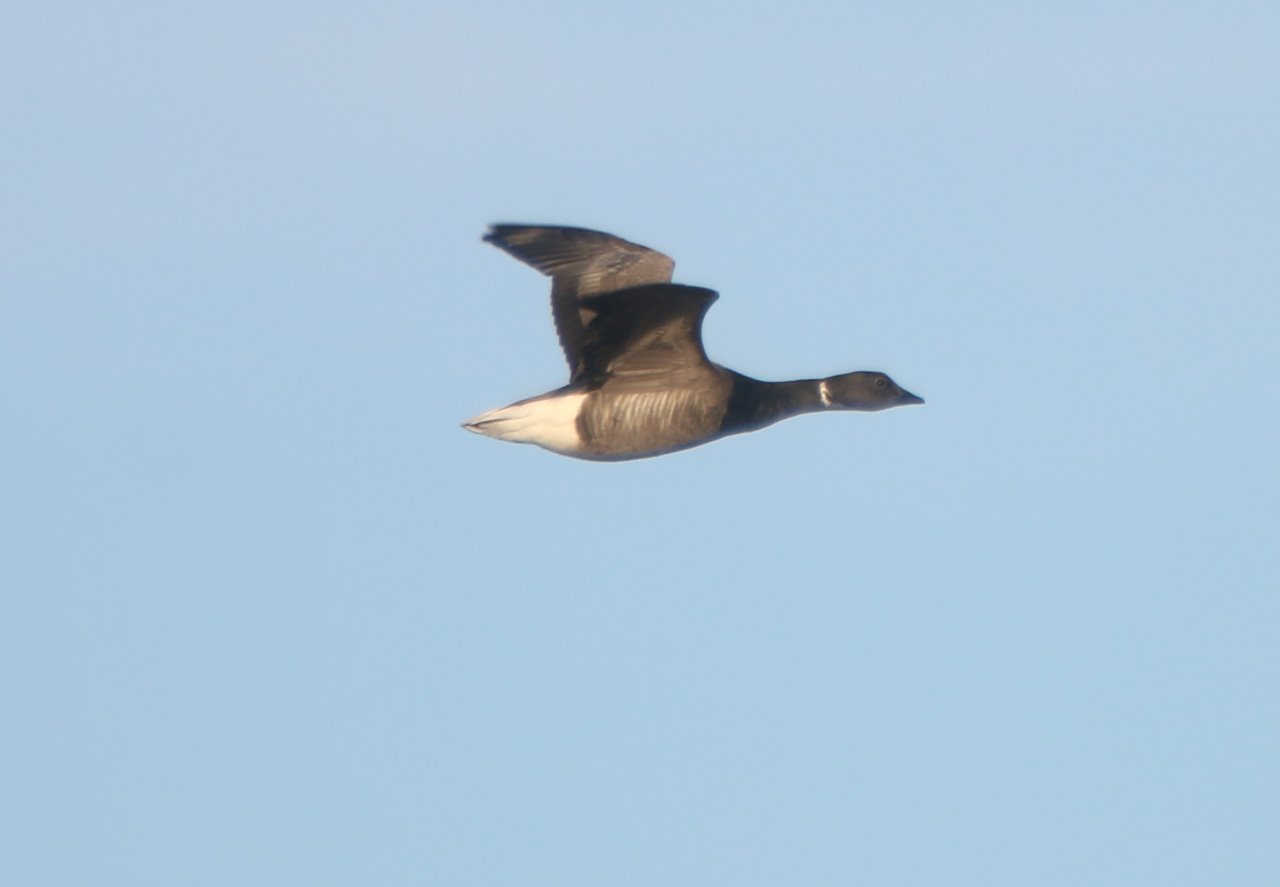
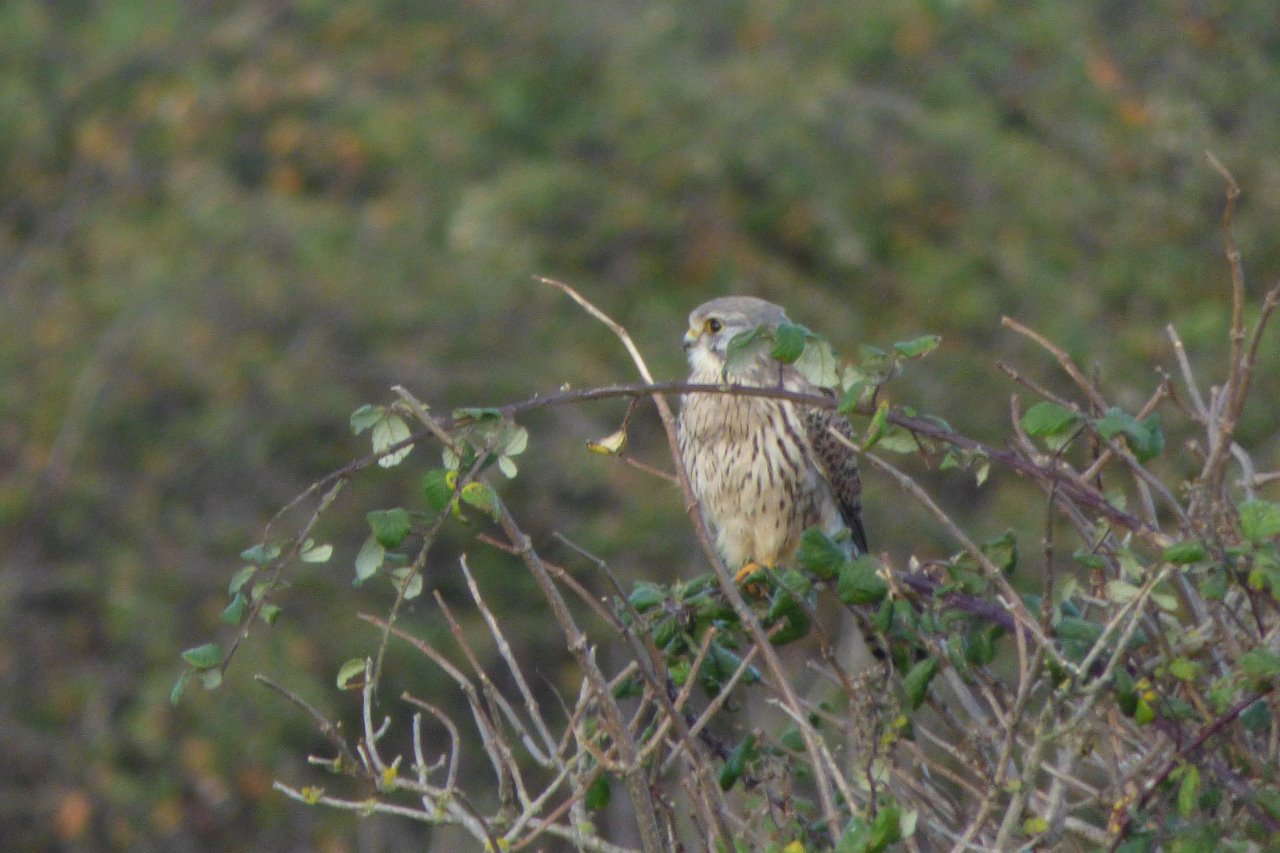
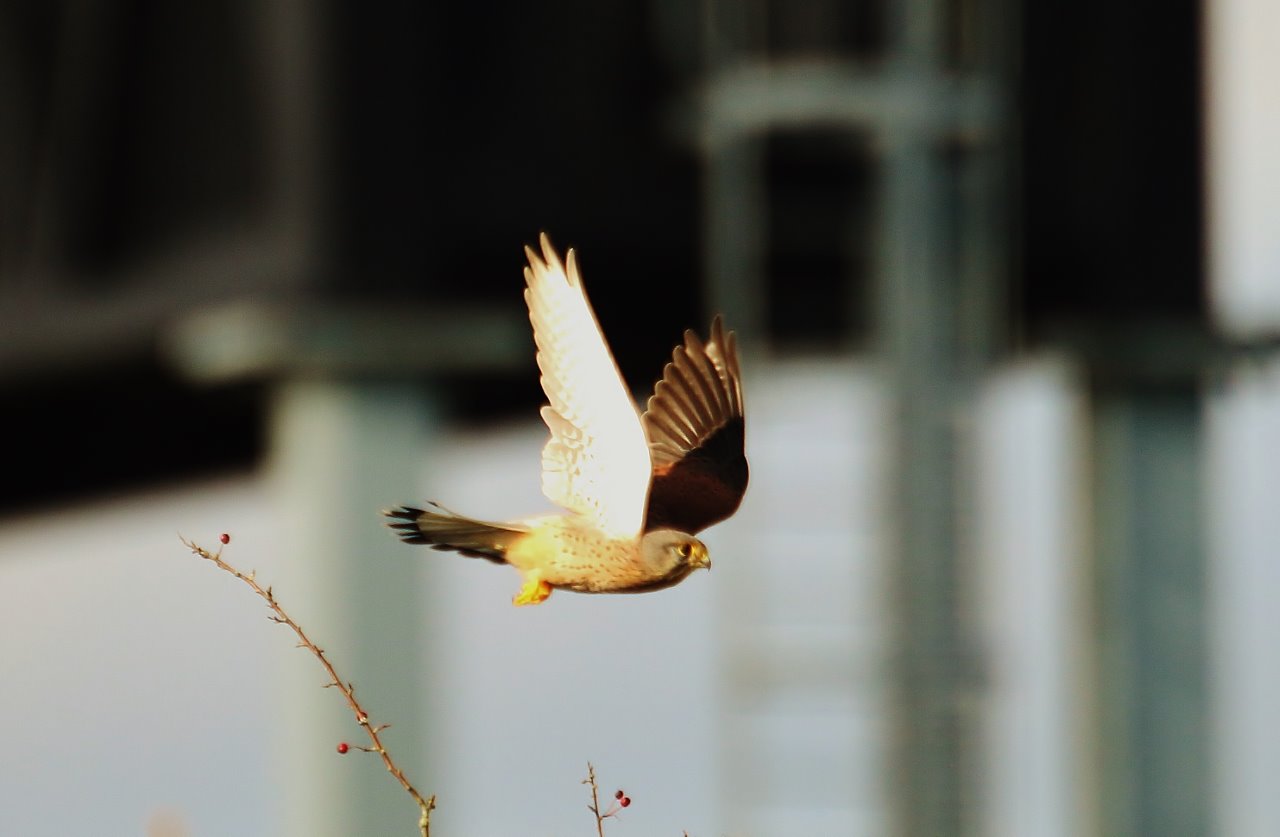
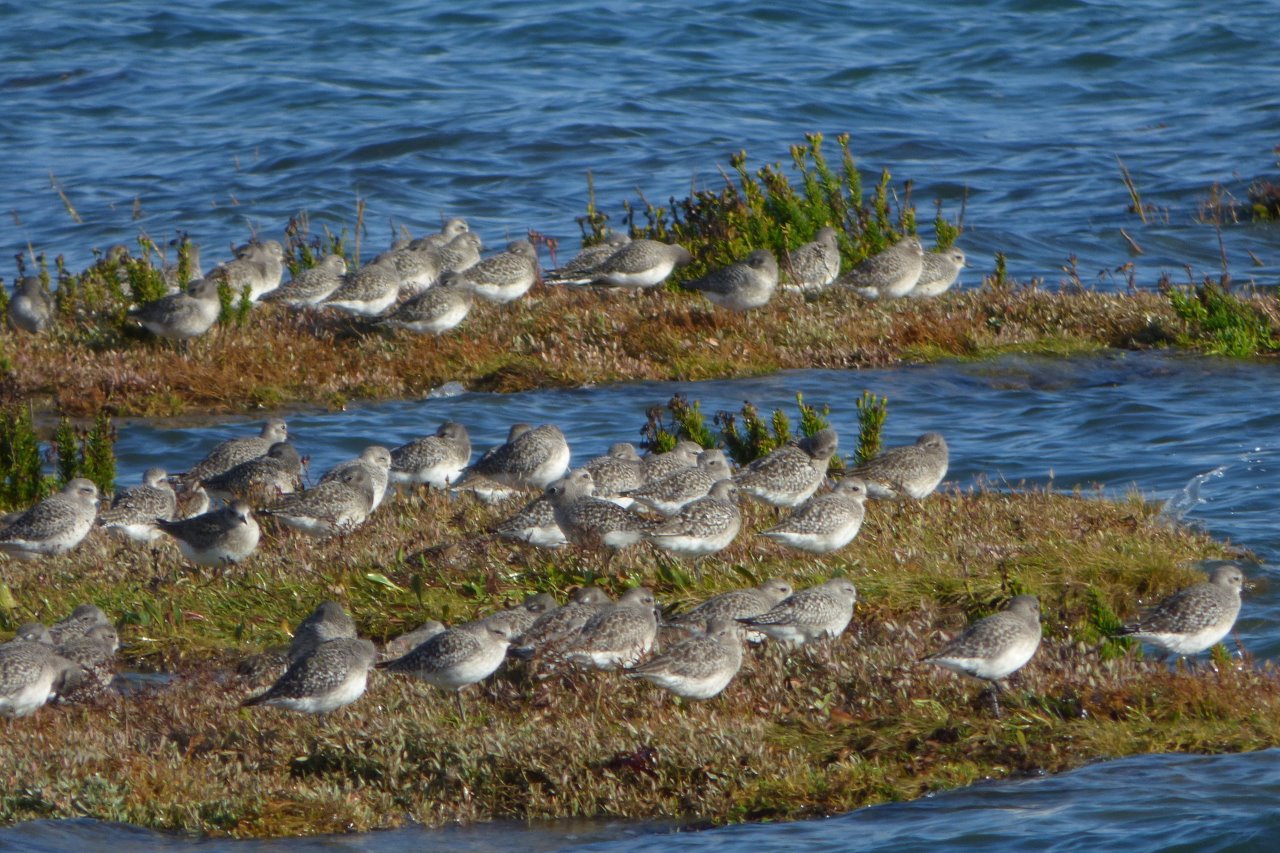
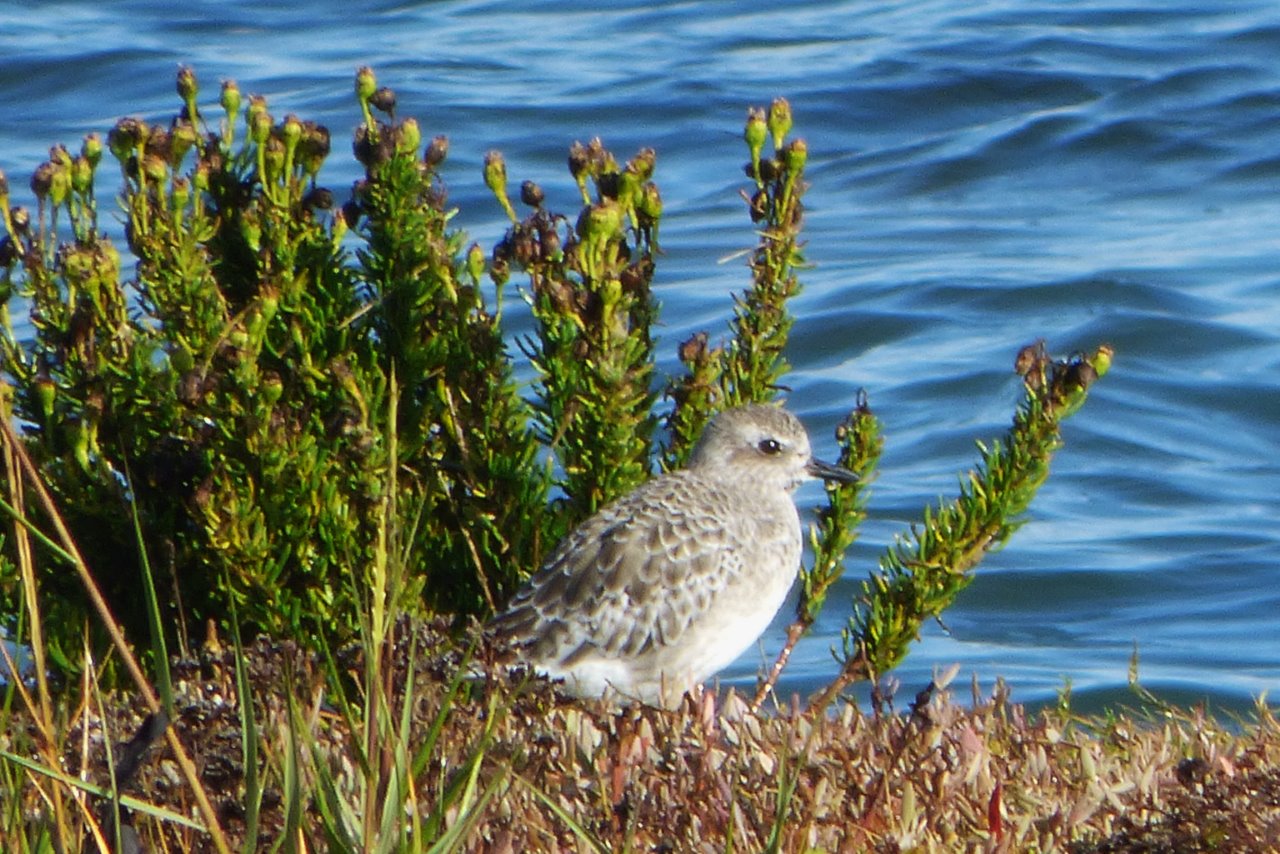

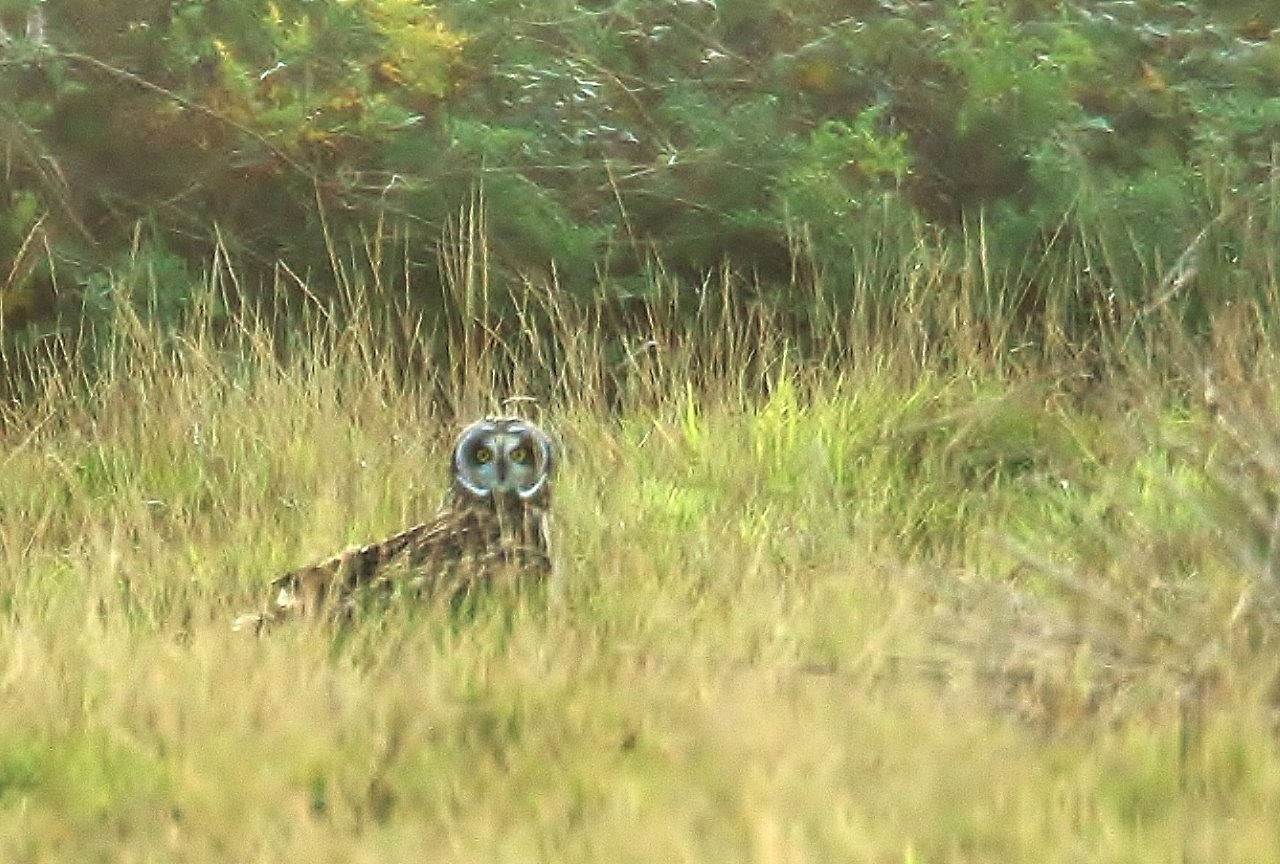

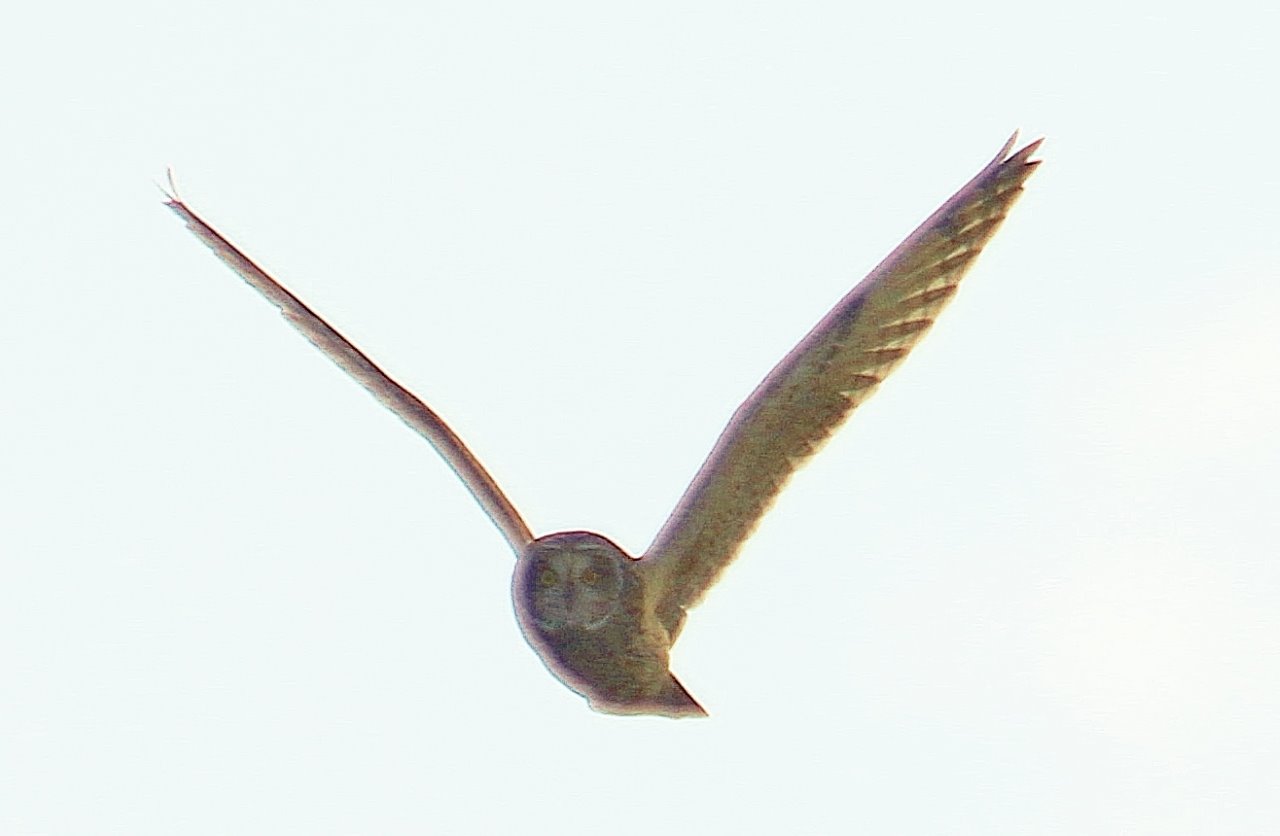
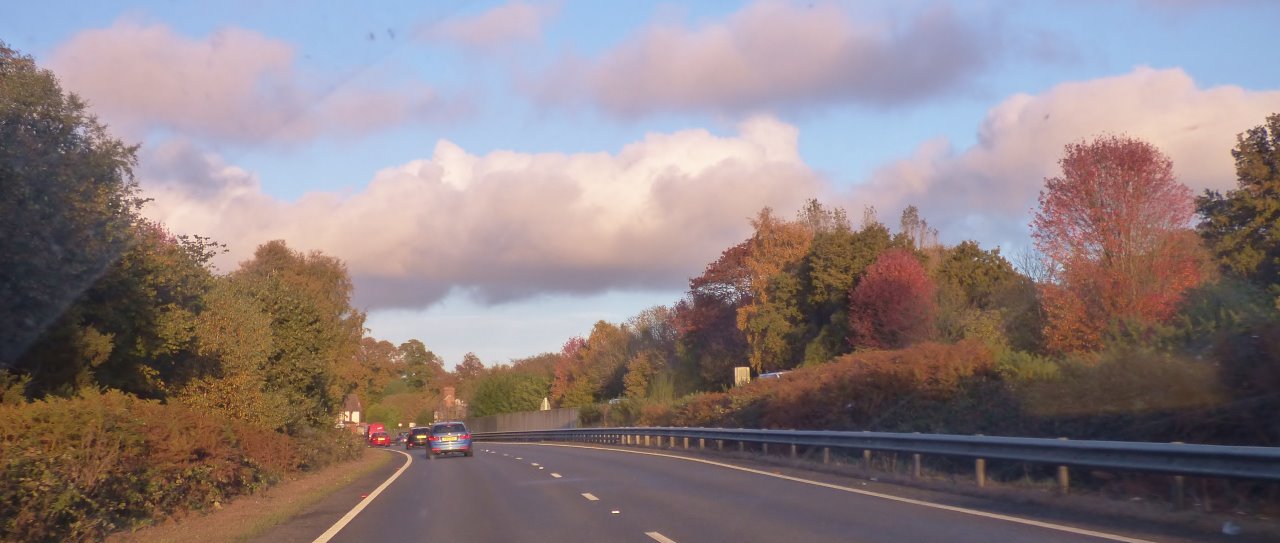




Phillip Mansley
November 1, 2015 at 5:56 pm
The great grey shrike and a pair of stonechats were spotted on Kings Ridge at Frensham Great Pond on October 31, 2015.
Mike Beer
November 2, 2015 at 11:58 am
At Farlington on Saturday, masses of brent geese, the main pool had large numbers of assorted waders, several pintail and teal.
A kingfisher flew off the pool under the main viewing spot. Good view of a kestrel on the sea wall and flying past. Many grey plovers on the Havant side.
Good that you saw the great grey shrike. I have been to Thursley many times in four years without ever seeing it.